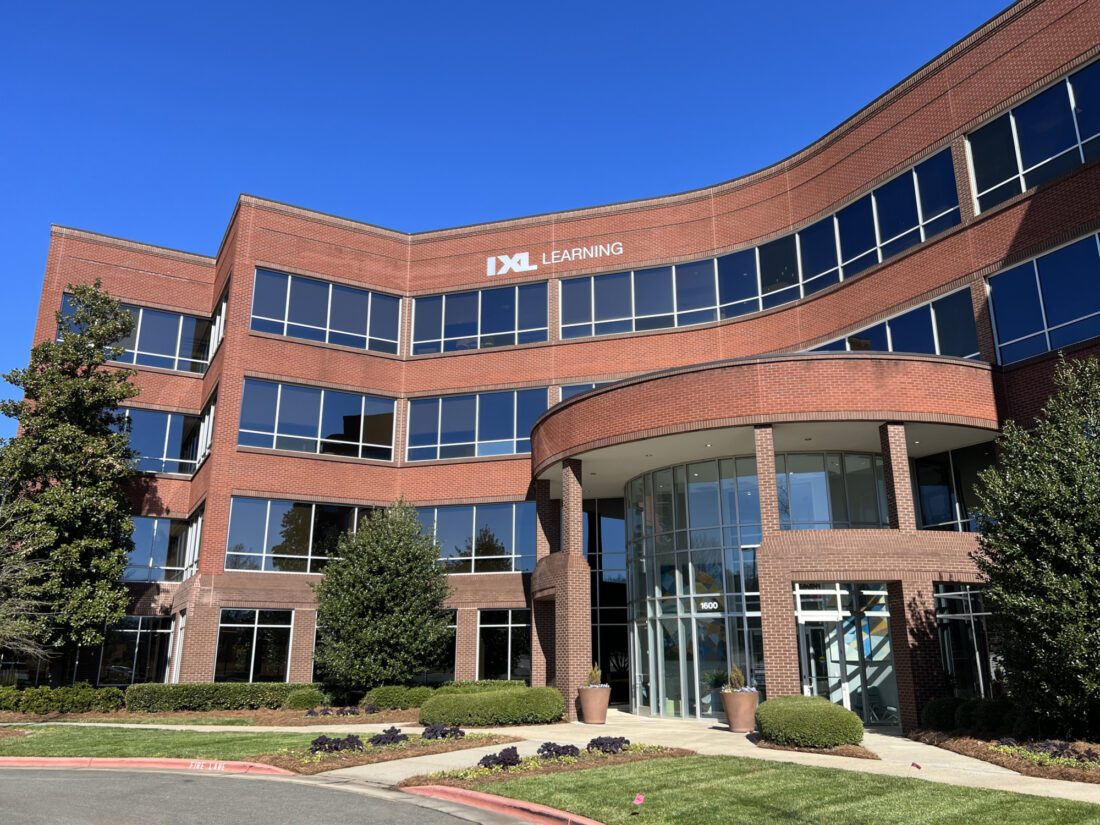BOMA Takes Aim at Green Contract Issue
The speed with which green building practices have caught on in commercial real estate has outpaced the legal and contractual tools that owners, developers, tenants and others need to make such green practices function as smoothly as possible. At the Building Owners and Managers Association (BOMA) International Conference and Office Building Show in Denver yesterday,…
The speed with which green building practices have caught on in commercial real estate has outpaced the legal and contractual tools that owners, developers, tenants and others need to make such green practices function as smoothly as possible. At the Building Owners and Managers Association (BOMA) International Conference and Office Building Show in Denver yesterday, BOMA and the Clinton Climate Initiative (CCI) took a stab at part of the problem by unveiling what they term the Energy Performance Contract Model, which would allow building owners to perform major energy retrofits to the existing buildings using standardized contract language. BOMA and CCI collaborated to develop the model contract to improve both the financial and environmental performance of commercial real estate while improving energy efficiency, according to the organizations. Specifically, it’s a standardized energy performance contract, similar to the American Institute of Architects construction contract terms, in which key legal and technical provisions have been vetted beforehand by real estate companies, energy service companies as well as BOMA legal council and experts at CCI. “There’s been a lag recently between green development and its documentation,” Philip Edison, a partner in the Chicago office of law firm Chapman and Cutler L.L.P., told CPN this afternoon. Edison, though not involved with the BOMA-CCI model contract, is among the small but growing number of real estate attorneys knowledgeable about sustainability issues in real estate development, including LEED certification. “If an owner wants to develop green, or retrofit green, I advise clients to deal with it early in the process,” Edison said. “The lawyers need to be in the room at that point, too, so all of the issues surrounding sustainability are in the documents.” As part of the model, BOMA, CCI and USAA Real Estate Co. (USAA) joined forces to create an energy-efficiency pilot project in the commercial sector that addresses issues confronted by building owners looking to improve financial performance and reduce their carbon footprint. USAA provided two buildings for the pilot project to help develop and refine an energy-efficiency building retrofit model, with the goal of reducing the time and complexity involved in such projects.






